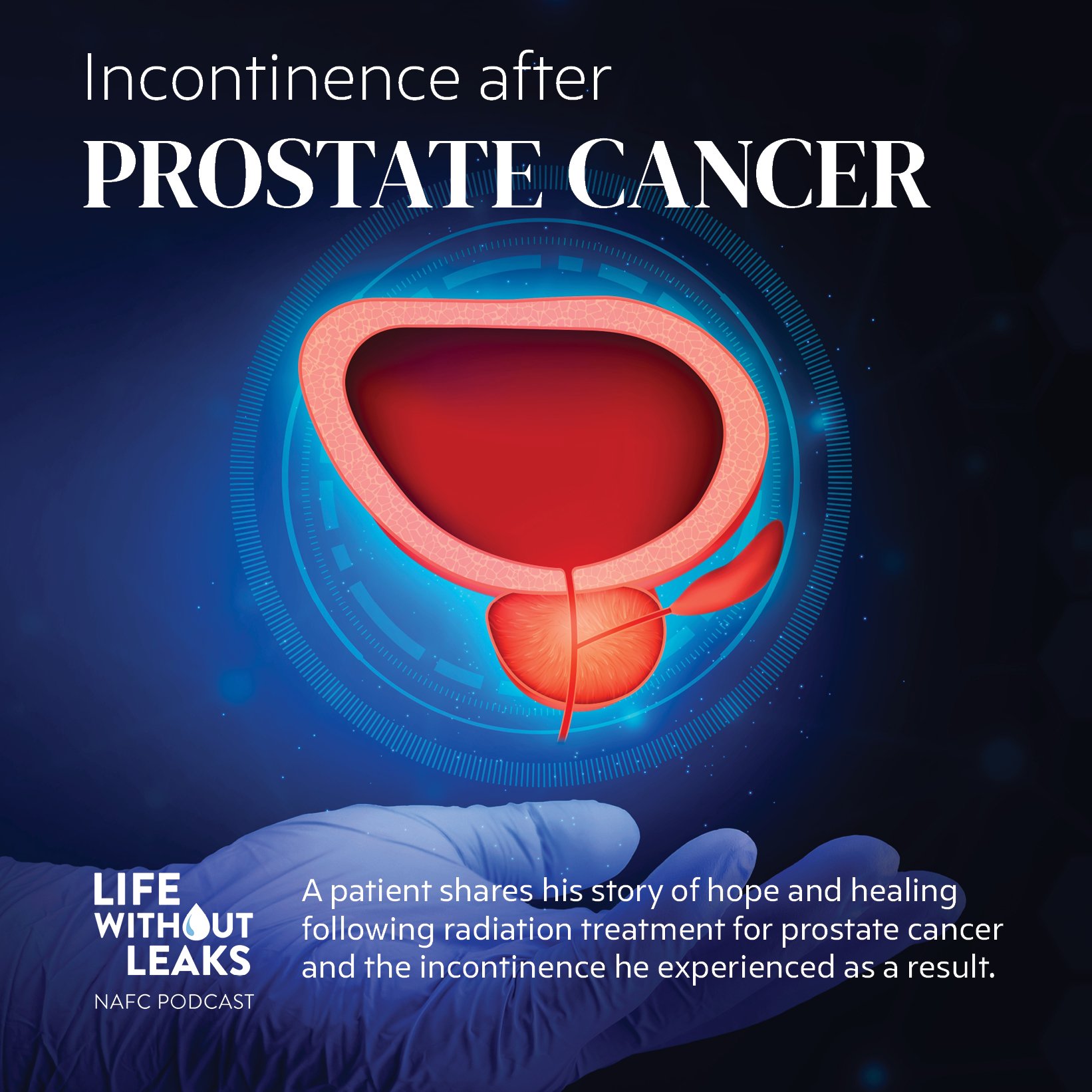We all have health goals. They are often about being more health conscious and physically active. I’ve heard varying goals from “I want to lose 15 pounds” to “I want to be able to run my first marathon,” but rarely do I hear “I want a stronger pelvic floor” or “I want to be able to jump or exercise without leaking urine every time.” In fact, most people don’t even know about these muscles and how essential a strong pelvic floor is for everyday function. Learn How To Work Out Your Pelvic Floor.
The pelvic floor is an amazing set of muscles that span inside your pelvis, from your pubic bones to your tailbone, that act as the base of your core. They work to control your bladder and bowel and maintain continence, allow for pain-free and enjoyable intercourse, hold up the pelvic organs and help stabilize the pelvic girdle and spine…that’s a lot of responsibility for muscles that are often neglected in the daily workout plan.
As a pelvic floor specialist, I am often asked “How do I work out my pelvic floor?” The fact is, most people don’t know how to turn on their muscles the RIGHT way. They are often trying so hard to squeeze as tight as possible that they are engaging everything but their pelvic floor! They will hold their breath, clench their butt, squeeze their inner thighs, tighten up their abdominals and totally miss the boat.
It’s All About The Base To Work Out Your Pelvic Floor
A pelvic floor contraction, or Kegel, is a very subtle feeling. It includes a compression and lifting of the muscles deep inside the pelvis, like you are trying to suck a marble up with your vagina or lift your testicles in fear of walking into ice cold water! Too frank? Well then imagine that you are stopping the flow of urine, which is actually a good test to see if you are engaging the RIGHT muscles. You can always tighten your pelvic floor mid-stream and see if you can stop, or at least slow down the flow, but this should just be a test, and never a means to actually exercise these muscles.
Although the pelvic floor is the star of this article, you have to also understand that these muscles don’t work in isolation. Remember that the pelvic floor is the BASE of the core, but also works with other muscles as an integrated system. The major supporter of the pelvic floor is the diaphragm, which is the dome-shaped muscle at the bottom of the rib cage that is essential for breathing.
When you take a deep breath in through your nose, your rib cage expands and the diaphragm moves downwards, changing the pressure system in your abdomen so your pelvic floor muscles RELAX. As you exhale through your mouth, the diaphragm moves upwards, and again, the intra-abdominal pressure is changed, and the pelvic floor returns to its resting position. Wow! Who knew that just practicing breathing could also be working the pelvic floor!
If you want to get fancy, you can coordinate the two muscle groups together:
Start lying on your back with your knees bent. Place each hand on the side of your rib cage. Inhale deeply through your nose, imagining your rib cage is expanding in all directions into your hands, and keep your pelvic floor relaxed. As you exhale through your mouth, let your rib cage return to resting position and gently tighten your pelvic floor muscles and hold for up to five seconds, then release. Repeat this sequence for a good 5-10 minutes each day…it’s more about the quality of the breathing and pelvic floor contractions, not just the quantity. (If you are a numbers kind of person, then try to shoot for 30-50 contractions a day.)
It is essential that you allow for the relaxing aspect of this exercise. Like any other muscle in the body, we need to make sure the pelvic floor is able to go through its entire range of motion, which means it should be able to tighten, and then release or relax, so it can be able to contract again. Remember that these muscles are working 100% of the time, and in order to maintain a strong pelvic floor, you need to let these muscles RELAX in between each contraction.
As you feel more comfortable with this exercise, try it sitting or standing, so you can start working out your pelvic floor throughout the day. The beauty of exercising your base is that no one even knows you are doing it! You can be standing in line at the grocery store or sitting in your car, waiting for the light to turn green, and BAM! You are working your base out! Even better, think about integrating your pelvic floor and diaphragm into your gym routine, especially lifting weights or doing other core work.
I dare you to start thinking about exercising all aspects of your core, especially your pelvic floor. Remember, it’s all about the base!
Victoria Yeisley, DPT, has been specializing in pelvic floor physical therapy since 2008. She completed her Doctor of Physical Therapy at Boston University and currently works with Northwestern Medical Group in Chicago, IL, where she is integrated as a part of the OB-GYN team. Victoria’s passion lies in empowering her patients to not only be educated about their pelvic floor, but to gain control over their symptoms. She feels extremely lucky to be able to practice her passion every day and hopes to be able to continue to promote pelvic floor muscle awareness for all!






